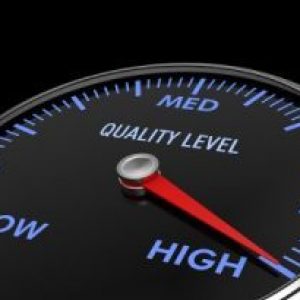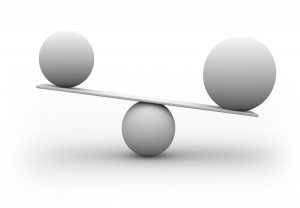
Leadership Perception Management and the Trust Filter
Great leadership perception management assumes that no matter how clear you think you are as a leader, people don’t always perceive you the way you intend

Great leadership perception management assumes that no matter how clear you think you are as a leader, people don’t always perceive you the way you intend

I’ve been posting about the research on leadership give and take. The majority of employees see their bosses fitting the mold of the “takers,” putting their

Leadership social skills may be even more valuable than we realize. Human interactions rule our lives, and in a world where technological advances increasingly provide solutions and

In my discussion of leadership strengths, I emphasize that too much dependence on a strength can backfire. Too much strategic thinking leads to not enough

What happens when leaders’ strengths fail them? In the last decade, leadership development experts have enthusiastically pushed to improve leadership strengths instead of addressing leaders’

In spite of vocalizing they want to hear it, many leaders block feedback out. Rarely do leaders know how to receive feedback well. Those who

I’ve been intrigued about how crucial it is for leaders to examine their “inner game.”In his books on the Inner Game, author Tim Gallwey introduces

As a leader, you need to imbue your words, actions and stories with passion and authenticity. Emotional expressiveness is a matter of choice of words.

An organization’s health is only as sound as its leader’s decisions. Some companies prosper from wise leadership directions, while others struggle after flawed choices—choices that

How a leader responds to adversity reveals how effective that leader truly is. Reactions to setbacks or crises not only test leadership character but define

Business is an active, demanding endeavor. Only those who consistently apply themselves succeed. Organizations that thrive require leaders who actively dream, plan, engage, solve, pursue,

Surveys and studies indicate global job dissatisfaction is at a two-decade high. Disengaged employees account for nearly 70 percent of the workforce, which significantly affects







